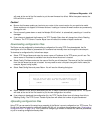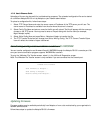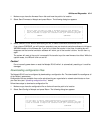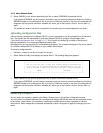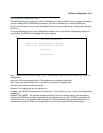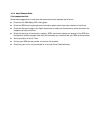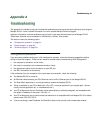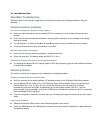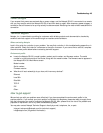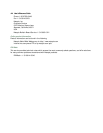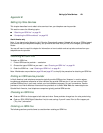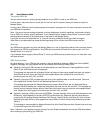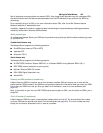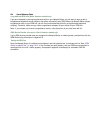
Troubleshooting A-1
AA
AA
pp
pp
pp
pp
ee
ee
nn
nn
dd
dd
ii
ii
xx
xx
AA
AA
TT
TT
rr
rr
oo
oo
uu
uu
bb
bb
ll
ll
ee
ee
ss
ss
hh
hh
oo
oo
oo
oo
tt
tt
ii
ii
nn
nn
gg
gg
This appendix is intended to help you troubleshoot problems you may encounter while setting up and using the
Netopia R3100. It also includes information on how to contact Netopia Technical Support.
Important information on these problems may be found in the event histories kept by the Netopia R3100.
These event histories can be accessed in the Statistics, Utilities, Tests screen.
This section covers the following topics:
■ “Configuration problems” on page A-1
■ “Power outages” on page A-3
■ “Technical support” on page A-3
Configuration problems
If you encounter problems during your initial configuration process, review the following suggestions before
calling for technical support. There are four zones to consider when troubleshooting initial configuration:
1. the computer’s connection to the router;
2. the router’s connection to the telecommunication line(s);
3. the telecommunication line’s connection to your ISP, and
4. the ISP’s connection to the Internet.
If the connection from the computer to the router was not successful, check the following:
■ The Netopia R3100 is turned on.
■ An Ethernet cable connects your PC’s Ethernet card or built-in Ethernet port to the Netopia R3100.
■ The SmartStart application is running and able to access the Netopia R3100.
■ Telnet is available on your PC or Macintosh. (On a PC, it must be specified in your system path. You can
usually find the application as “c:\windowselnet.exe”.)
■ Your PC or Macintosh has an IP address, either automatically or statically assigned, and compatible with
the default IP address of the router, 198.162.1.1.
■ Your PC or Macintosh has a subnet mask that matches or is compatible with the Netopia R3100’s default
subnet mask, 255.255.255.0.
■ If you are entering a new IP address via SmartStart be sure the correct serial number was entered.



